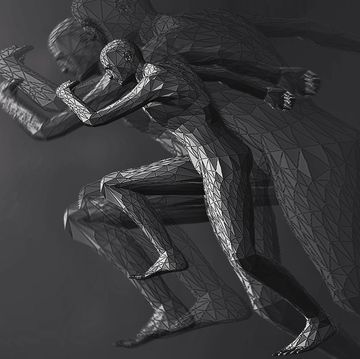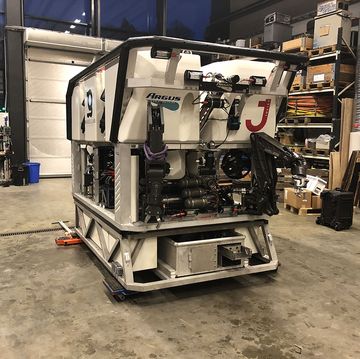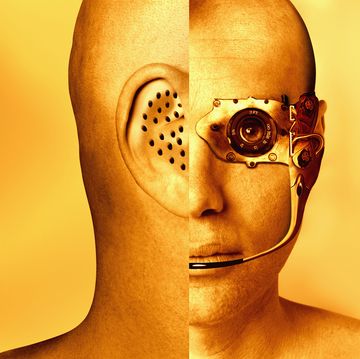Bioengineers at the University of Illinois at Chicago have written an algorithm that can be used to create machinery that understands the intent of an action, such as steering a car or pouring a glass of water. It can even correct for any interruptions of that action—so imagine a computer system that corrects for accidental jerks of your car's steering wheel because it knows you didn't mean to do that.
Justin Horowitz, a graduate research assistant at UIC, first developed this method by analyzing the movements of test subjects when they had their hands pushed away while they reached for a virtual object. It takes time for a human to respond to an interruption—time to feel the cause, register it in your brain, and then send a signal back to correct your movements. There's a tenth of a second at least.
"Say you're reaching for a piece of paper and your hand is bumped mid-reach — your eyes take time to adjust; your nerves take time to process what has happened; your brain takes time to process what has happened and even more time to get a new signal to your hand," says Horowitz.
He was able to use data from his reaching test to develop a mathematical algorithm that predicts the person's intended movement, even when the movement is not carried out. A robot that understands your original intent can correct for unexpected disturbances much quicker.
A study of the researchers' findings is published in the scientific journal PLOS ONE. James Patton, the principal investigator for the PLOS ONE study and a bioengineering professor at UIC, says that this technology could have countless applications, from training musicians, to aiding doctors in surgery.
"We call it a psychic robot," says Horowitz. "If you know how someone is moving and what the disturbance is, you can tell the underlying intent, which means we could use this algorithm to design machines that could correct the course of a swerving car or help a stroke patient with spasticity."
Source:
University of Illinois at Chicago, Smithsonian

Jay Bennett is the associate editor of PopularMechanics.com. He has also written for Smithsonian, Popular Science and Outside Magazine.













